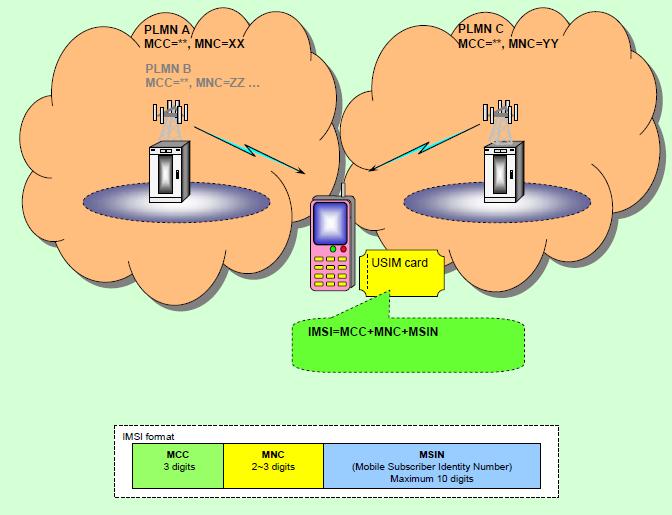
How UE Switch to Service Types in LTE?
As we already know, LTE (Long-Term Evolution) is all about providing high-speed internet and efficient communication for users. Now, when we talk about switching service types, it’s crucial for you to understand how your device (UE – User Equipment) switches between different service types, like voice and data, or different data transmission modes, based on network conditions and user demand.
When your UE switches between service types in LTE, it’s all about maintaining optimal service. The switch typically happens between voice and data services, where UE might switch between different bearer types depending on what you’re doing — like if you’re browsing the internet, streaming a video, or making a voice call.
For example, when you’re using voice services, the UE might switch to a circuit-switched fallback (CSFB) or Voice over LTE (VoLTE) depending on the network capabilities. On the other hand, when you’re accessing high-speed data, it might switch to an evolved packet system (EPS) bearer for seamless data transfer. The network decides when and how to switch these service types to ensure your experience is smooth and uninterrupted.
How Does the UE Switch Service Types? – A Quick Overview
- When UE needs to make a call, it switches to voice service (either CSFB or VoLTE).
- For high-speed internet, UE switches to data service, using EPS bearers.
- Depending on your activity, network load, and conditions, UE automatically chooses the best service type.
- If network conditions are poor, UE might switch to a lower data rate or fallback to a different service type.
Example Table – Service Types in LTE
| Service Type | Description | Example Usage |
|---|---|---|
| VoLTE | Voice over LTE – Allows voice calls to be made using LTE. | Voice calls while maintaining high-speed data usage. |
| CSFB | Circuit-Switched Fallback – Used when LTE doesn’t support voice. | Switches to 2G/3G networks for voice calls when LTE is used for data. |
| EPS Bearer | Used for data transmission over LTE network, ensuring high-speed internet. | Streaming videos or browsing websites at high speeds. |
As we previously covered how LTE focuses on data transmission, it’s also necessary for you to know that LTE networks use different bearers for different service types — like the dedicated bearer for high-priority services and default bearers for regular internet access. These bearers help maintain the quality of service (QoS), ensuring that even when you’re switching service types, your experience doesn’t get disrupted.
Today, when UE switches to service types, it’s also closely related to mobility and handover mechanisms. This ties into the fact that when UE moves from one cell to another or changes the network type (like from LTE to 3G), it must switch to ensure continuous service. I’ll go deeper into handover and mobility management in the next session, but you can start seeing how switching service types plays a key role in maintaining seamless connectivity.